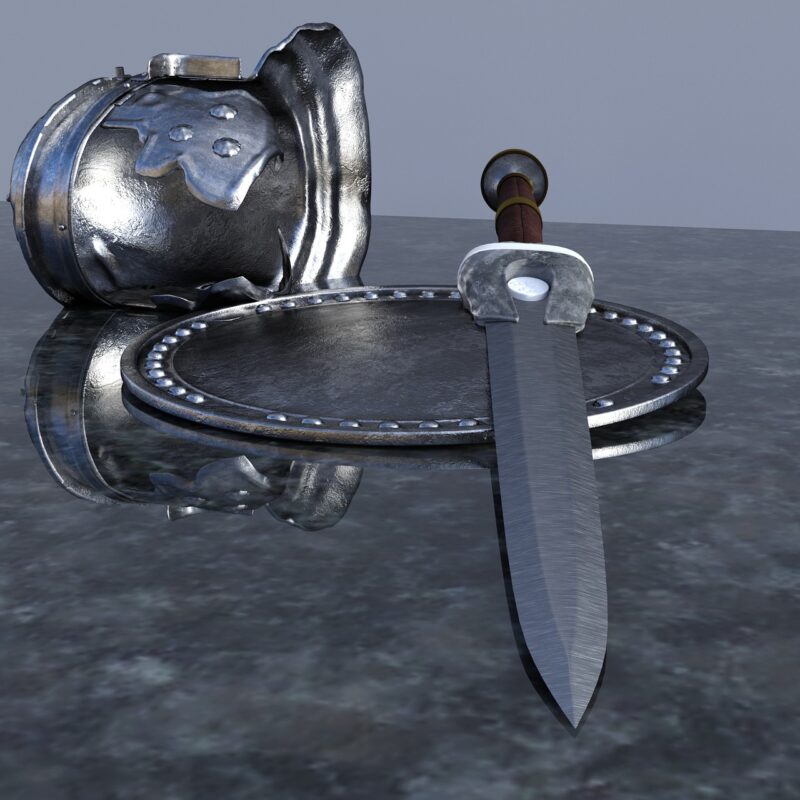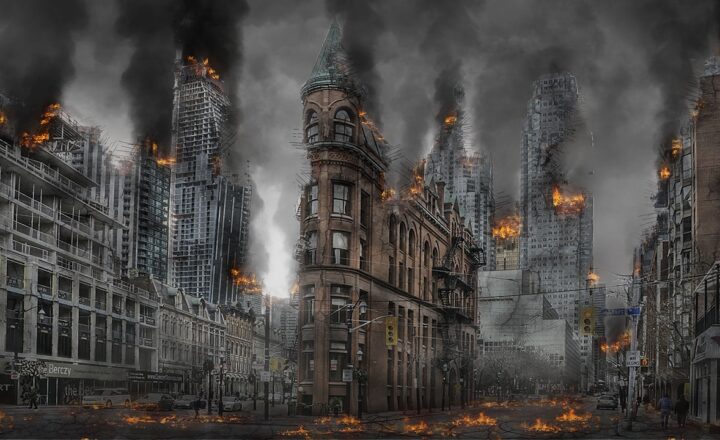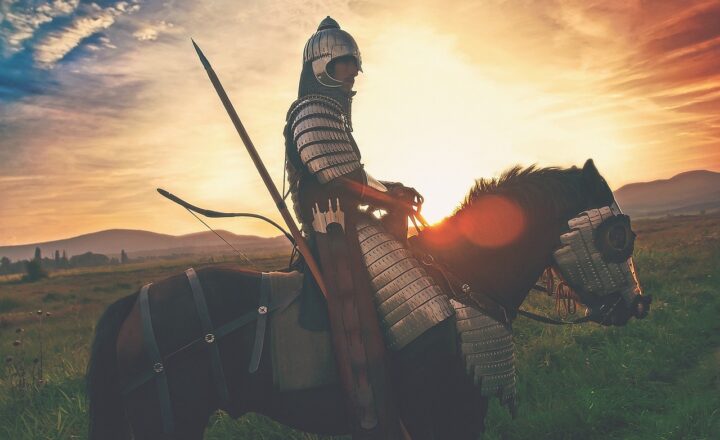10 Weapons That Shaped the Course of History: A Look at the Most Influential Armaments
November 18, 2024

Weapons have played a crucial role in shaping civilizations, influencing wars, and changing the very fabric of societies throughout history. From the moment humanity first wielded tools for combat, we began to carve out the path of history with iron and steel. This article dives deep into ten of the most influential weapons that have not only altered battles but have also changed the course of nations and cultures.
1. The Bow and Arrow
The bow and arrow is one of mankind’s oldest weapons, dating back to the Upper Paleolithic period. This simple yet effective tool revolutionized hunting and combat. It allowed for greater range and accuracy compared to melee weaponry, providing significant tactical advantages in both warfare and everyday life.
As civilizations developed, bows became essential in military strategies. The English longbow, for instance, played a pivotal role during the Hundred Years’ War, particularly at the battles of Crécy and Agincourt, where English archers decimated French cavalry. The bow and arrow symbolize humanity’s ability to innovate and adapt, directly impacting the survival and dominance of various cultures.
2. The Sword
Few weapons have captured the imagination quite like the sword. Considered the weapon of nobility, swords were not only tools of combat but also symbols of honor and status. The evolution of the sword reflects advancements in metallurgy and tactics from the bronze age to the modern era.
Different cultures developed their unique designs, such as the katana in Japan, known for its sharpness and craftsmanship, and the European longsword, celebrated for its versatility in both offense and defense. Swords have shaped martial traditions worldwide, influencing not just warfare but also art, literature, and philosophy.
3. The Gunpowder Revolution
Gunpowder weapons transformed the landscape of warfare starting in the 9th century when it was first developed in China. The introduction of firearms, cannons, and explosives drastically changed how battles were fought. Castles that had stood for centuries were brought to their knees, and knights in shining armor found themselves vulnerable to muskets.
The spread of gunpowder technology across Europe sparked conflicts such as the Thirty Years’ War and the Napoleonic Wars, where tactical innovations involving firearms became decisive. This led to the modern era of warfare, shaping military strategy and international relations well into the 21st century.
4. The Crossbow
The crossbow redefined warfare in the medieval period by democratizing the ability to inflict lethal force. With a mechanical advantage, even untrained soldiers could effectively use it. Crossbows could pierce armor that traditional bows struggled against, providing armies with a psychological edge.
Its use during the siege warfare and the rise of fortified cities made it an essential weapon of the late Middle Ages. The invention of the crossbow also led to legal debates about its ethical use, culminating in the 1139 papal ban on the use of crossbows against Christians, highlighting its impact on morality in warfare.
5. The Cannon
Cannon technology marked the transition from hand-held weapons to artillery. Initially developed in China, cannons reached Europe in the 14th century and revolutionized warfare, particularly in sieges. They were instrumental in battles such as the Siege of Constantinople in 1453, where massive cannons breached seemingly impenetrable walls.
The ability to project destructive firepower over distances reshaped military tactics and the architecture of fortifications. The cannon set the stage for modern artillery and a significant shift in power dynamics across the globe.
6. The Rifle
The invention of the rifle in the 17th century represented a monumental leap in accuracy and range in firearms. Early rifled barrels marked a significant upgrade over smoothbore muskets, allowing soldiers to engage targets at greater distances with improved precision.
The American Revolutionary War famously showcased rifled muskets during the Battle of Lexington and Concord. The rifle’s effectiveness altered not just battle strategies but also the very nature of infantry combat, leading to its presence in every major conflict thereafter, including the Civil War, World Wars, and modern warfare.
7. The Tank
Introduced in World War I, tanks marked a turning point in land warfare. They combined firepower, mobility, and armor, leading to a new era of mechanized warfare. The British Mark I, the first tank, was designed to break the deadlock of trench warfare but evolved significantly throughout the 20th century.
Tanks became vital in World War II, influencing tactics and strategies across various theaters of combat. Iconic examples include the German Panzer and the American Sherman tank, both of which showcased the tank’s ability to dominate the battlefield and transformed ground forces’ composition and operation.
8. The Atomic Bomb
Developed during World War II, the atomic bomb is arguably the most consequential weapon in history. Its use on Hiroshima and Nagasaki in 1945 showcased the devastating power of nuclear weaponry, leading to immediate destruction and long-term humanitarian consequences.
The bomb altered global politics forever, marking the onset of the Cold War and an era defined by the doctrine of Mutually Assured Destruction (MAD). Nuclear weapons continue to influence international relations and military strategies to this day, raising ethical questions regarding warfare, peace, and global security.
9. Drones
In recent decades, drones have emerged as a game-changer in warfare, shifting the focus from ground troops to aerial combat. Armed drones allow for precision strikes without risking pilots’ lives, enabling countries to conduct surgical operations against high-value targets while minimizing casualties.
Their use in conflicts such as the War on Terror has provoked both strategic advantages and moral controversies, such as debates surrounding civilian casualties and the ethics of remote combat. Drones signify just one of many evolving technologies that redefine the modern battlefield.
10. Cyber Warfare Tools
As digital technology advances, the rise of cyber warfare is becoming a new frontier in military operations. Cyber weapons are used to disrupt communications, steal sensitive information, and manipulate infrastructure, the likes of which were seen in major incidents such as the Stuxnet attack on Iran’s nuclear facilities.
The ability to wage war in the cyber realm has shifted military strategies and national security policies around the world. Countries now invest heavily in cyber defense, recognizing that information warfare can be as destructive as traditional kinetic warfare.
Conclusion
The history of armaments is a testament to humanity’s ingenuity and the relentless pursuit of power and protection. Each weapon discussed has left an indelible mark on human civilization, shaping conflicts, boundaries, and the rise and fall of empires. Examining these ten influential weapons not only reveals the nature of warfare but also reflects broader societal changes over time. As we continue to innovate, the history of weaponry will evolve, raising new ethical and moral questions for generations to come.







